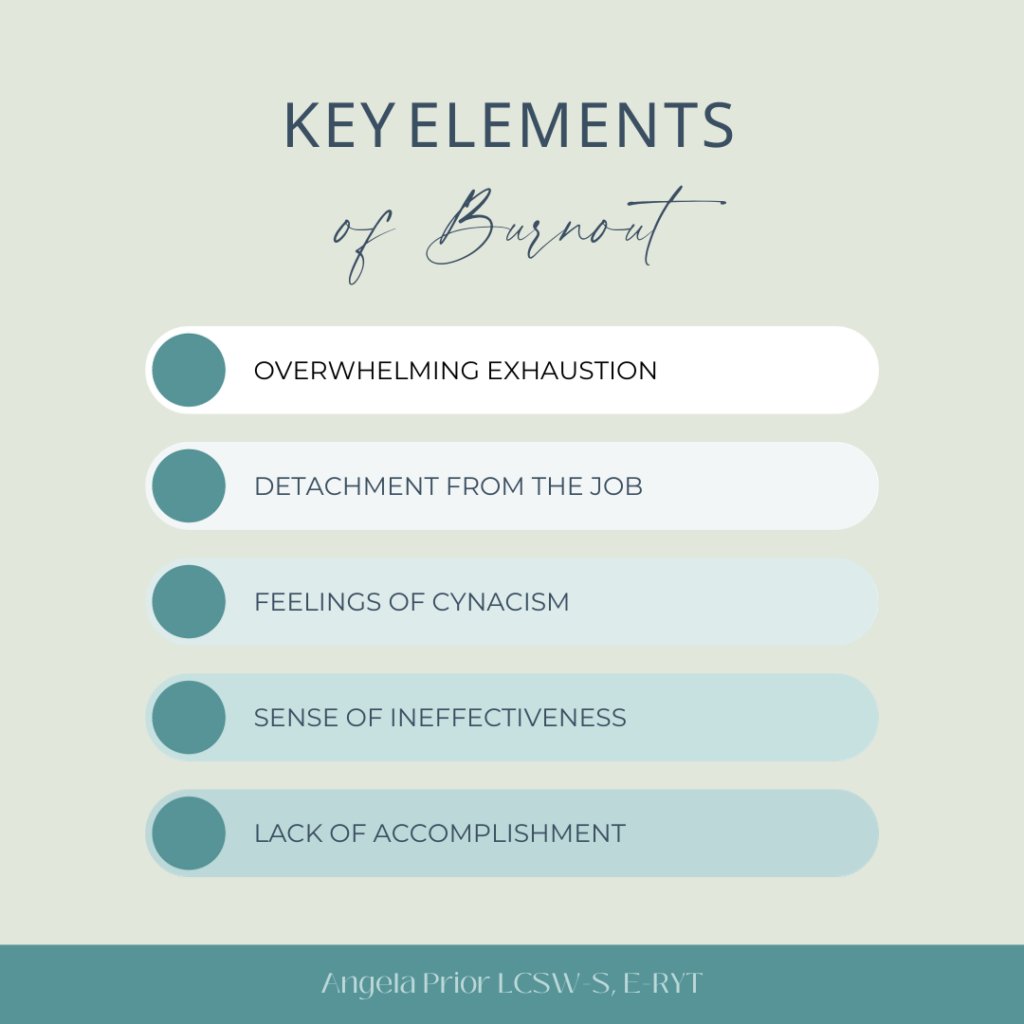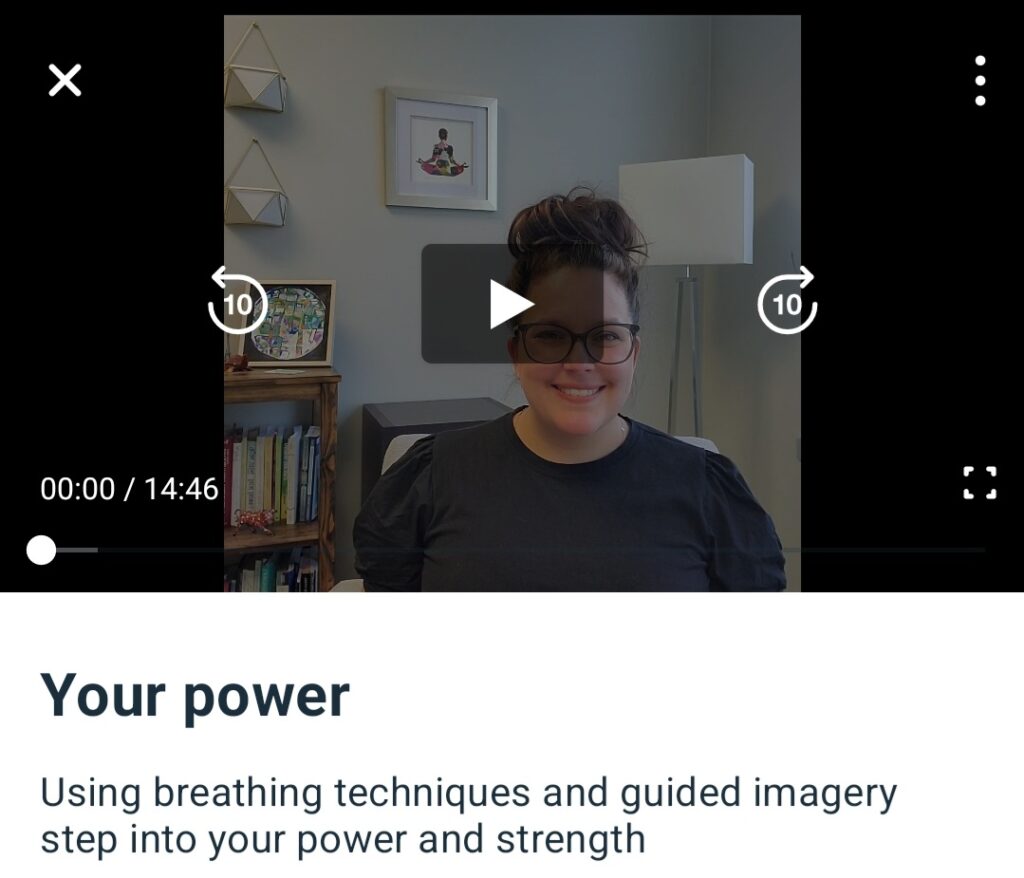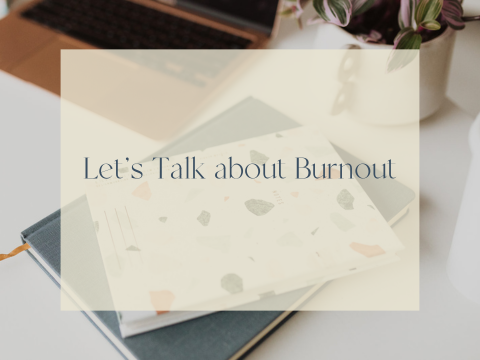Angela Prior
lcsw, ryt, ciec
hey there!
The AP blog is here for all things mental health, embodiment, yoga, and burnout. Poke around and take what you need.
meet angela
Let’s Talk about Burnout
September 28, 2023
Let’s talk about burnout. What is it? What causes it? Why should you care?
I’m gonna go out on a limb and say you’ve probably heard about burnout and you’ve probably even experienced some degree of burnout in your life. I mean we did just all live through 2020 and let me tell ya the rates of burnout was and are still soaring post 2020.
So let me first start off by saying, Hi! I’m a fellow human who has been burned out and compassion fatigued. I have been burned out when I worked for someone else and when I have worked for myself. * Hint it wasn’t really about who I worked for.
Ok sooo what is burnout? The simplest way to think about burnout is that it is a state of exhaustion.
The term was first coined in the 1970s and is now recognized by the WHO as a psychological syndrome emerging as a prolonged response to chronic interpersonal stressors on the job.The concept of burnout has been expanded from only happening at work and can be applied to many things in life including relationships and motherhood.
Since the pandemic rates of Burnout which were already on the rise have skyrocketed. Based on a 2021 McKinsey and Co report says 49% of workers are burned out and they believe that to be underreported. An updated survey by Mckinsey and Co from 15 different countries suggests that 1 in 4 employees are reporting current burnout. And the gap between male and female workers doubled in size from 2021 with women experiencing higher rates of burnout. At the same time productivity is at an all time high and people are clocking more and more hours at work.
Burnout has a tendency to be a layered experience and evolves over time and is rarely about 1 thing but really a combination of many things. As burnout persists symptoms of burnout can begin to shift and morph into clinical depression, clinical anxiety, and are usually no longer contained at work. They begin to bleed into your day to day life. Your life with your family and friends. Showing up as irritability, exhaustion, fatigue, headaches, stomach aches, muscle tension, insomnia, chronic illness, a loss of joy, and even feelings of hopelessness.
Here are some key elements that people experience when burnt out.

So it’s a big problem but what can you do? I’m a big fan of framing burnout into 2 categories: protection and recovery.

The reason why I like using the language of protection vs prevention is that in our modern world true prevention may be impossible. We live in a world that is fast, busy, overwhelming, and demanding. Things have changed a lot since the 1970s when the word burnout even came on the scene and how we work and live are included in that. The last 3 years in specific have brought about really unique challenges to the status quo as well. There is a reason the gender gap with burnout exists and is growing. When child care and education systems were uprooted in March of 2020 women shoulder the majority of that burden and continue to do so.
At work there is something called the “third shirt” women are managing. This is the experience of women in leadership assisting their employees with navigating work and life challenges and they do this more often than their male peers. This is not always reflected in their performance reviews, pay, or promotions. Women of color and LGBTQIA+ are facing an even steep hill and challenges.
With these current challenges facing today’s worker I’m finding the framework of Protection vs Prevention as helpful. Protection is also actionable and empowering. In a world where we are in control of so few things, this we can harness. This we can capture. We can work on enhancing protective measures in our life to protect us; protect our energy and our lives from burnout. Will we be 100% about it? Probably not. Why? Because nobody is perfect and life is life. Can I build layers of protection and care for myself so that I can find resilience and right the ship sooner than later? Yes. Yes you can.
Here is a meditation about your inner power and strength to protect your energy.

I’ll be back with some tips in another post about protective tools.

eight free meditations
To Support Your Mental Health
Let's Work Together
Meet Our Team of Therapists + Yoga Instructors